Kolkata is often called the Cultural Capital of India, yet some of its most powerful stories lie hidden in narrow lanes and fading walls. From political graffiti of the 1970s to colorful murals inspired by Bengali poetry and protest movements, the city’s walls have long been canvases of identity and resistance. But today, much of this art is overlooked—seen as clutter by some, dismissed as vandalism by others, and almost invisible to tourists. At Sandbox CCU’s Top 6, a group of freshers from the School of the Future at Techno India University decided to reimagine this fading heritage. Their project, GolpoPoth—literally meaning “Path of Stories”—aims to turn Kolkata’s forgotten alleys into vibrant storytelling corridors where every wall speaks.
The six-member team—Supratim Ghatak (Leader), Sulakshanda Ganguly, Sayak Das, Sagnik Das, and Soham Dawn—all first-year B.Tech students in CSE (AI & ML), brought a fresh lens to the city they call home. They began by exploring heritage neighborhoods, listening to locals, and studying how murals that once carried deep cultural narratives had become invisible in the chaos of urbanization. They found that poor lighting, outdated signage, damaged QR codes, and the absence of digital mapping made these cultural corridors largely inaccessible. Even more striking, their research showed that 60–80% of students in Central Kolkata had never entered the heritage lanes they crossed every day.
From these insights grew a bold vision: to make the walls talk again. Using graffiti as the central design element, the team built a Minecraft prototype of Kolkata’s lanes, transforming blank concrete walls into colorful, era-specific murals inspired by the rebellious styles of the 1970s–80s, Bengali poetry, and cultural icons. Their digital alleys recreated the feel of real Kolkata streets—narrow, textured, and full of layered history—while the immersive graffiti breathed life back into forgotten spaces.
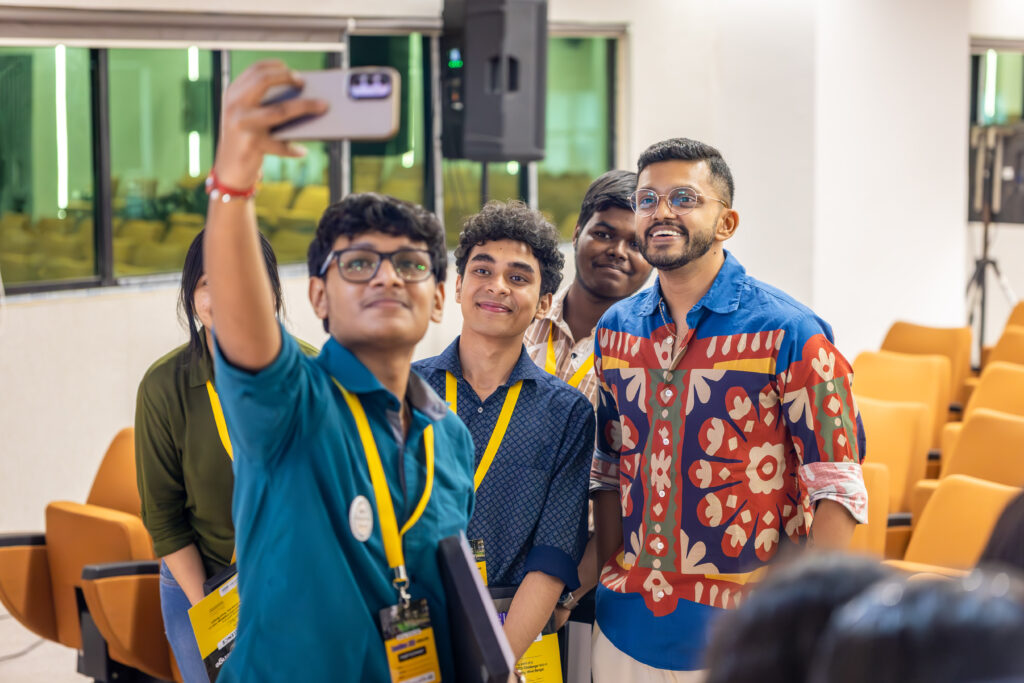
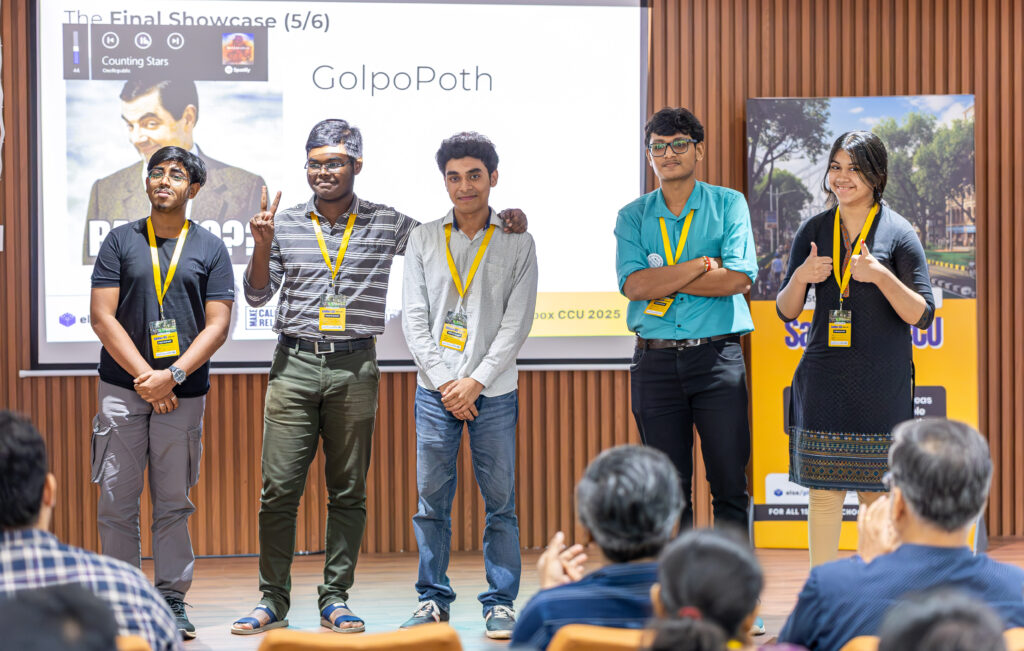
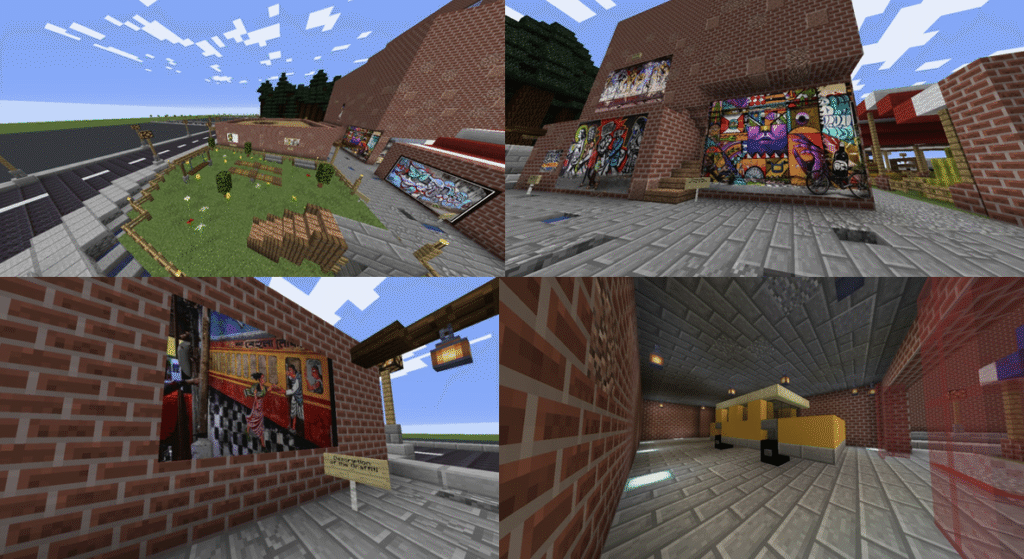

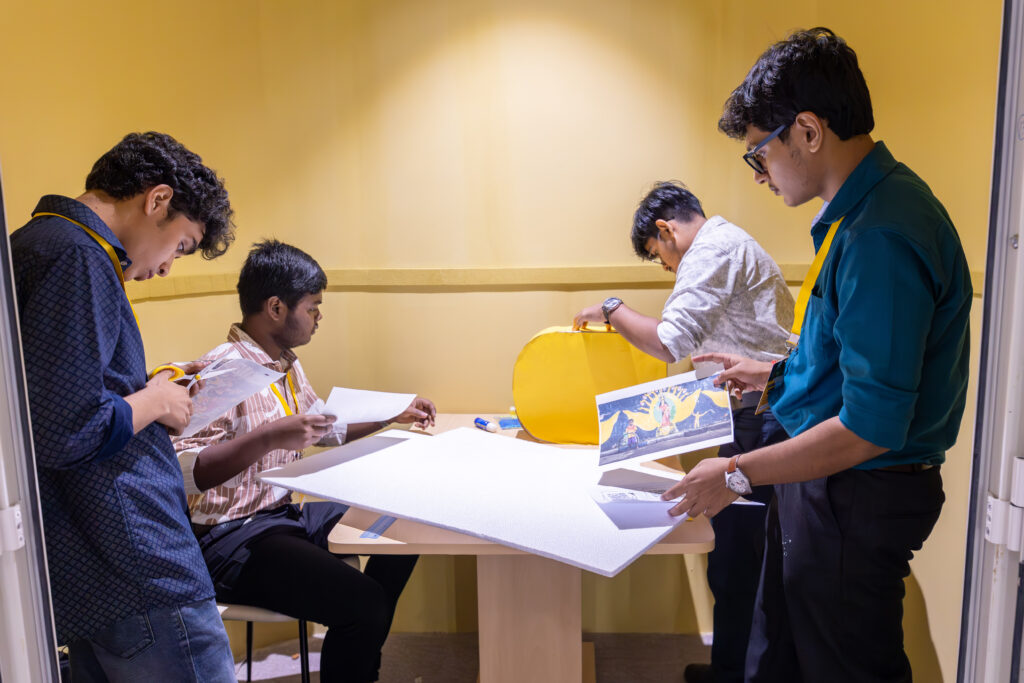
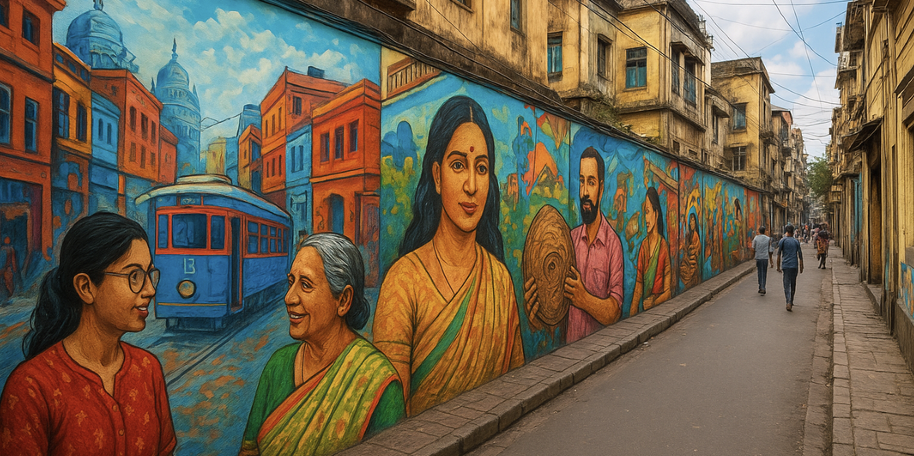
To extend this vision into the real world, they designed an AR-based interactive map that would let visitors scan murals, unlock hidden stories, and even play games that gamify cultural learning. The idea was simple but powerful: transform neglected lanes into open-air museums, where art and technology meet to preserve memory. As the team explained, graffiti is not vandalism but resilience—a symbol of how forgotten walls can hold permanent stories of identity and pride.
What elevated their journey was the mentorship of Pauline Laravoire and Rohaan Goswami, who guided the students in refining their ideas. Pauline encouraged them to ensure every mural told a story, prompting the team to integrate oral histories and audio clips into their prototype. Rohaan, on the other hand, urged them to lean into gamification—turning exploration into a treasure hunt, where points, clues, and surprises would make heritage discovery playful and engaging. With this support, GolpoPoth grew from a raw concept into a compelling cultural project.
The impact of GolpoPoth lies not just in its innovation, but in its vision. By treating every lane as a “living corridor” where art, history, and culture coexist, the team offered a future where locals, tourists, and youth can rediscover Kolkata through vibrant walls that narrate their own stories. For the younger generation, it makes heritage relevant again; for the older generation, it ensures that their stories will not be lost.
And this is precisely what Sandbox CCU (2nd Edition) represents—a platform at Techno India University that empowers freshers to step into the shoes of changemakers. Through design thinking, mentorship, and real-world problem-solving, Sandbox CCU transforms young students into innovators who see their city differently and take pride in shaping its future. Team GolpoPoth’s journey is proof that with creativity, empathy, and courage, even the quietest walls can find their voice again.


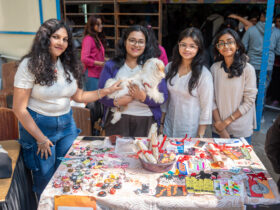

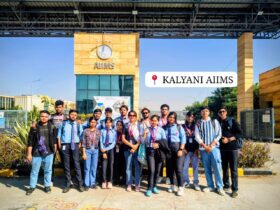

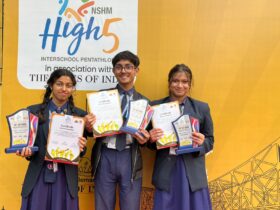
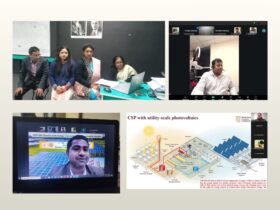
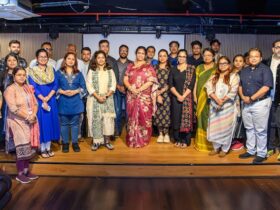
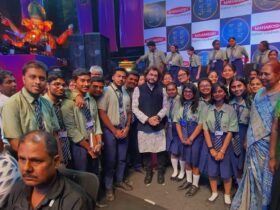
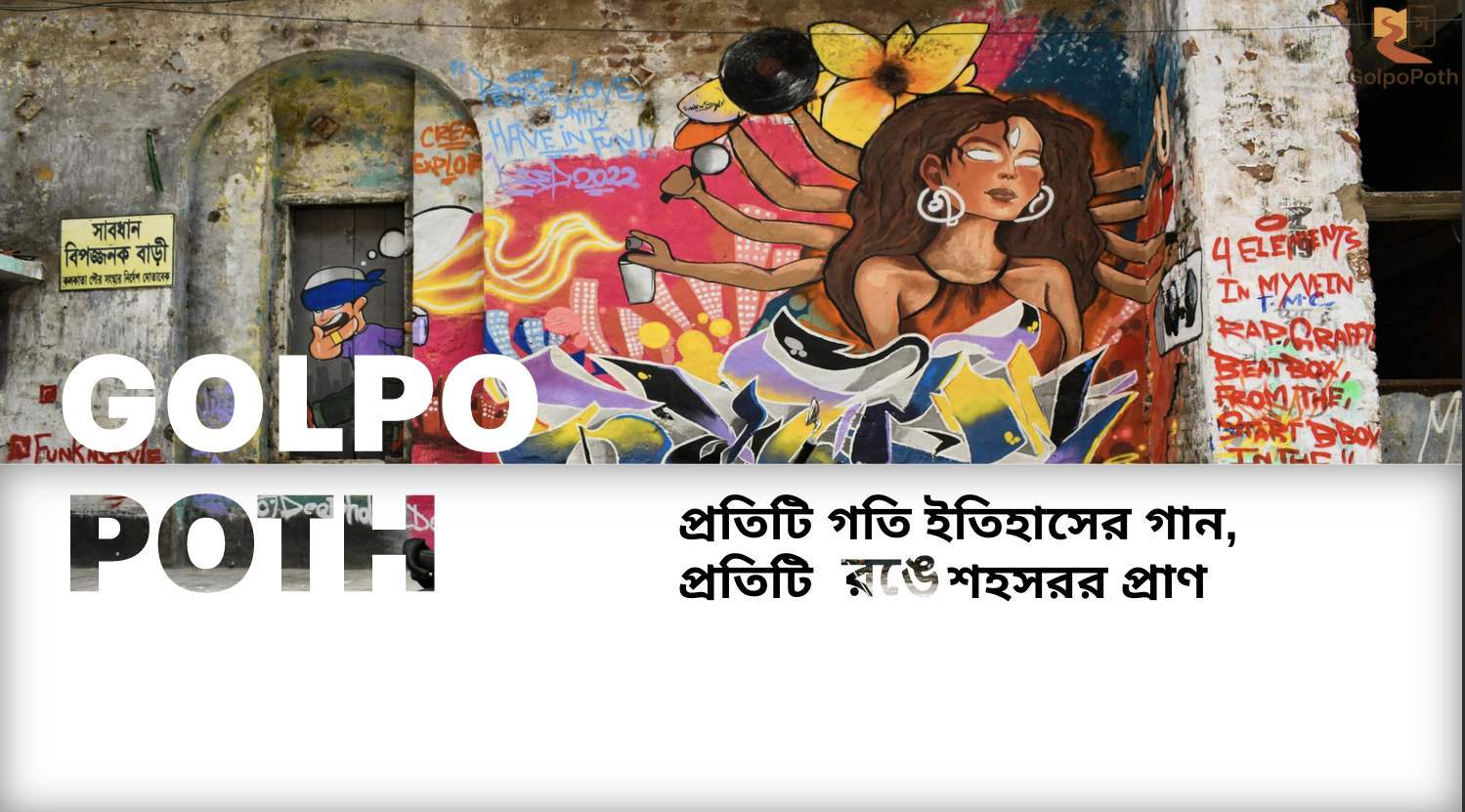
Leave a Reply